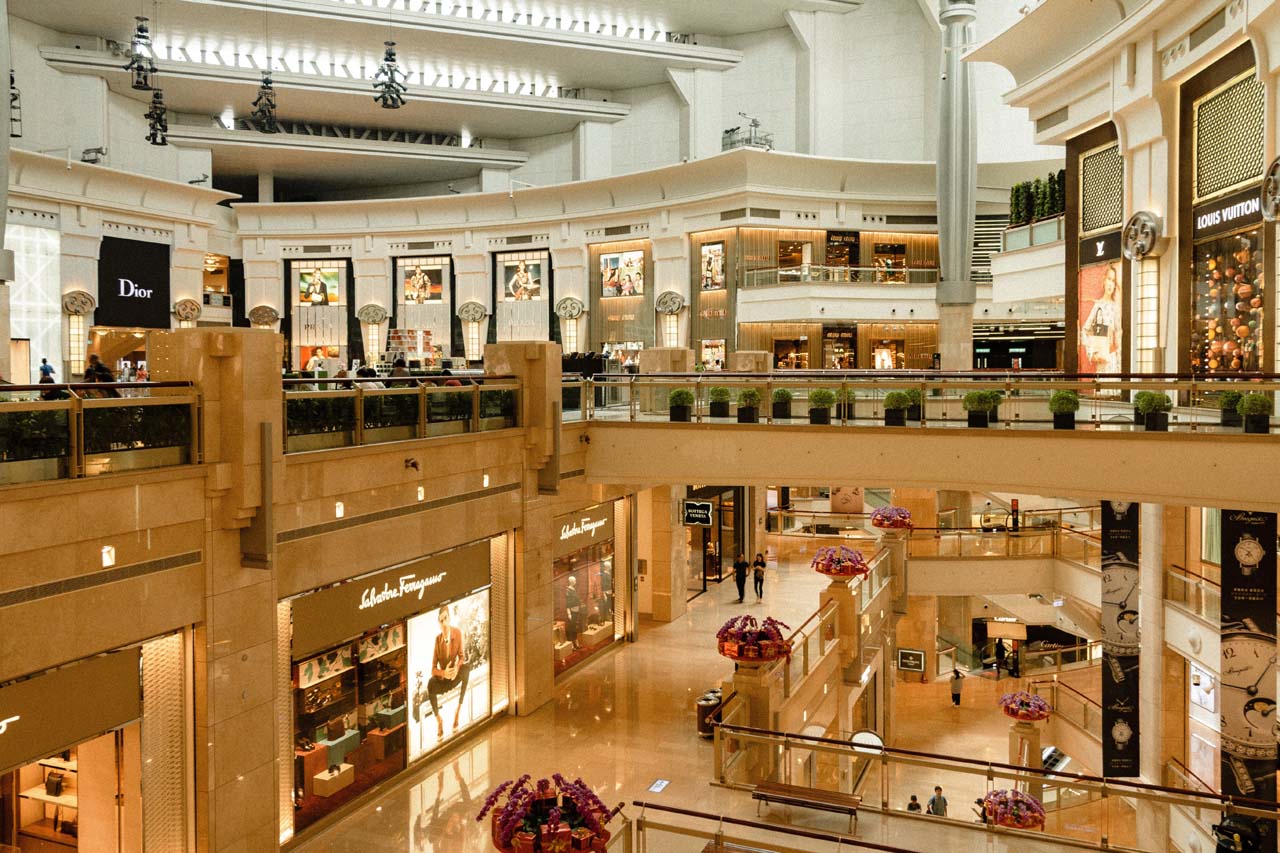By Joe Fernandes, founder and CEO, BuzzStreets
Whether driving, walking or using public transport, Google Maps can provide the fastest, easiest route to get to your destination. But its usefulness drops considerably when you actually enter an office building or a shopping centre. What would be useful is an app that calculates an indoor route, constantly updating where you are and giving regular voice and visual updates to show you where and when to turn, go straight-on, or change floors, and lets you know when you have arrived at your destination. Google Maps is great, but it can’t take you to the right shop, department or office door.
Reducing car park pollution
Looking for an available car parking space can take several minutes. It’s a fairly minor inconvenience that most of us are used to, though nonetheless frustrating. But when hundreds of people every day spend several minutes each looking for a space, that totals up to many hours spent unnecessarily driving around. Multiply that by the number of car parks in the world and this small inconvenience becomes a major source of car pollution.
Indoor wayfinding could be incredibly useful in this situation ─ identifying empty spaces and directing drivers directly to available spaces. Less frustration for drivers and thousands of tonnes of carbon emissions saved every year!
Reducing missed appointments
Indoor wayfinding can also help reduce missed appointments. If someone heading for an appointment can easily find a parking space and locate the exact area of the office they need to go to, there would be far fewer missed or late appointments.
Not only would this help make things more efficient but it would also minimise traffic (and therefore emissions) caused by unnecessary repeat visits. Missing a meeting or being late due to getting lost within a large office building is frustrating at best and, at worst, can lose businesses money. Ensuring that clients can find their way effectively to your office means more effective and efficient use of meeting time and far less stress.
Boosting efficiency of utilities
Data on where users have been and identifying high and low traffic areas can also make things like lighting and heating more efficient. If nobody visits a part of an office building after 5pm, for example, then the lighting can be switched off and the heating reduced.
Currently, that information is difficult to reliably collect or analyse, leading to guess work, at best. With information gathered by an indoor wayfinding app, you have reliable information on which to base these decisions that could help save money and the environment.
Keeping track of equipment
As well as keeping track of where and when people move around, some indoor wayfinding systems (for example, BuzzStreets) can also track the location of equipment. With a clear idea of where the equipment is and how to get there, you can navigate straight to the item you need rather than hunting for it, thereby saving time, energy and unnecessary travel.
Keeping track of equipment also eliminates the need to buy duplicates of things you can’t find, reducing waste and saving money. You always know exactly what you have and where it is kept, making storage and transport far more efficient.
Many a mickle makes a muckle
On the surface of it, indoor wayfinding is a useful addition to any business ─ helping people move around more efficiently and effectively. Those small moments of frustration at getting lost or struggling to find what you need can be virtually eliminated.
However, when considered creatively, the applications of indoor wayfinding have a wide variety of benefits to both businesses and customers & staff. Not only can it improve efficiency, thereby reducing wastage, but it also provides a wealth of information that can be used to model and predict behaviour. With this information, businesses can make savings that benefit both budgets and the environment.
ABOUT THE AUTHOR
Joe Fernandes, founder and CEO of BuzzStreets, an award-winning navigation platform, that enables organisations (hospitals, shopping malls, airports, offices, stadiums, etc.) to offer their customers an indoor way-finder that allows them to navigate inside the building. The client arrives at the entrance or reception and then uses the bespoke app to navigate to the specific location (room, shop, check-in, office, or even seat) they need. BuzzStreets also supplies movement analytics that can help improve building efficiency and keep track of vital equipment.
